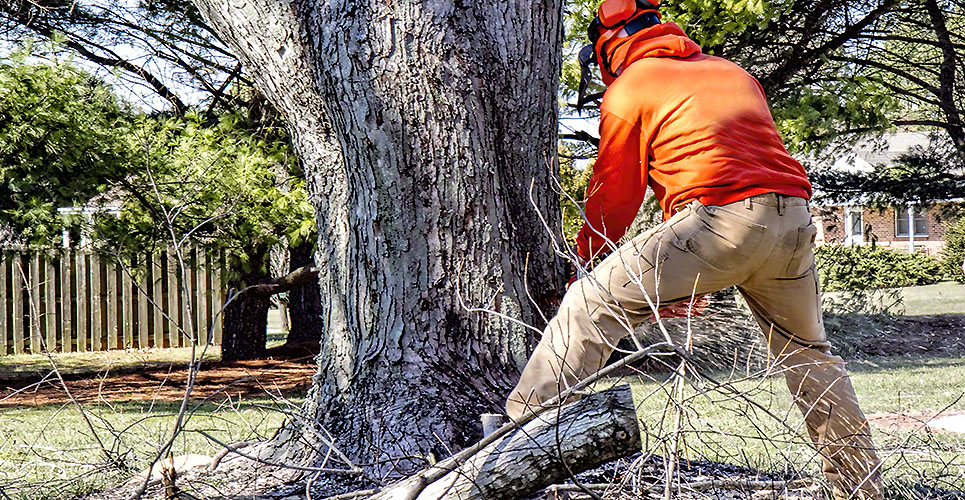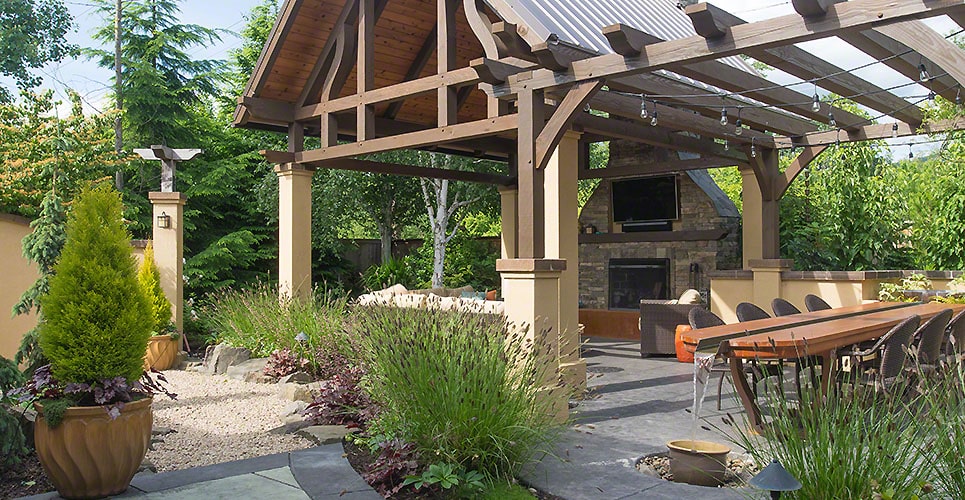Trees are important living beings for our environment. People around the world look after and care for the trees to ensure they remain healthy and fit. However, as the weather changes and other external factors affect the trees, it is quite possible that tree decay begins to occur. Tree decay can be identified by an arborist service. Therefore, we are going to share some tips that will help you identify tree decay and what you can do to prevent and fix it. Let’s begin!
What You Should Know About Tree Decay?
To prevent and diagnose tree decay, it is important that you first understand what it is. In simple words, a tree decays when pathogens attack its internal structure as well as the vascular system. The pathogens could be a wide variety of bacteria or fungi.
Once these pathogens make their way inside the trees, they destroy the cell walls and internal complex structure, which reduces the overall strength of the trees they are known for. Eventually, the trees and branches begin to fall since a weak and diseased tree cannot support its branches.
In most cases, tree decay begins when a tree is wounded and insects and diseases enter the wood through the wound. With time, the pathogens begin destroying the tree from the inside unless someone applies chemicals to close off the wound or kill the bacteria.
What To Look For If You Observe A Tree Decaying?
The problem with tree decay is the fact that it can be hard to notice since the symptoms usually take a long time to highlight. The pathogens can cause many diseases and while most pathogens enter through a wound, sometimes, people may also contribute to the issue by unwittingly damaging it.
Furthermore, not every disease is likely to kill a tree. Some can be superficially damaging or might cause minor damage until the bacteria is killed. In addition to that, some diseases are quite unnoticeable and may reach a point where the tree’s vascular system, as well as the structural strength, is destroyed permanently.
Visible Signs Of Decay In Trees
When it comes to identifying tree decays, there are several signs you should look out for. To begin with, a decaying tree will have fruiting fungal bodies developing on its base or bark. It might also be that a bark piece is missing due to a wound and the pathogens entering the tree, destroying it.
Furthermore, a pathogen-affected tree might also have cracks in the trunk, bark wounds, or sunken areas. However, these signs depend on the nature and type of the disease as well as the tree. If these signs are observed on time, one might be able to fix the symptoms and save the tree.
Tree Decay Is Complicated To Diagnose
As mentioned earlier, diagnosing tree decay is sometimes complicated since the symptoms seem quite ordinary. As a result, people assume that a tree is affected or might be dying due to extreme cold or hot weather conditions.
For regular people, diagnosing tree decay is not that easy. To be sure, you will have to call in a professional who can thoroughly inspect the tree and help fix the disease. Certified arborists have the education, expertise, and tools to identify tree diseases.
How To Check A Tree for Decay?
Although visible signs of decay from the outside tell a lot about the condition of the tree, but the overall health cannot be examined unless the tree is examined from the inside. Professionals use special tools and equipment to cut a sample from the tree and analyze it to determine the existing health status.
The simplest technique used by arborists is they use a mallet to strike a tree’s trunk and listen to the sound produced as a result. They look for a solid wood sound. If the sound produced is of decaying wood, it means that the internal structure of the tree is compromised.
Next, an arborist uses a metal rod to test how easily the cavity breaks or gives way when pushed. A normal tree is hard and will hardly be affected but a decaying tree will crumble as soon as the metal rod touches it.
Moreover, if the arborist detects internal decay, he/she might use a resistograph, which is an instrument used to determine the strength and stability of the wood. It is a tiny drill, which is used to drill inside a tree and measures the amount of resistance encountered by the drill as it goes inside. This way, the arborist can ensure that the tree is indeed affected.
Final Word
Concluding, identifying a decaying tree is complicated in most cases. However, if you come across any of the signs mentioned above, consult tree services Chevy Chase immediately.



